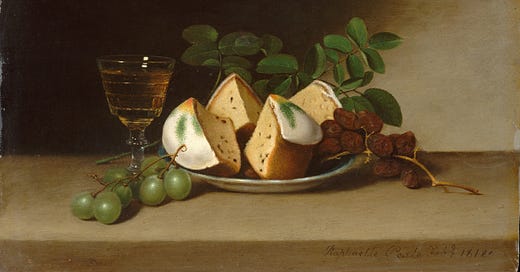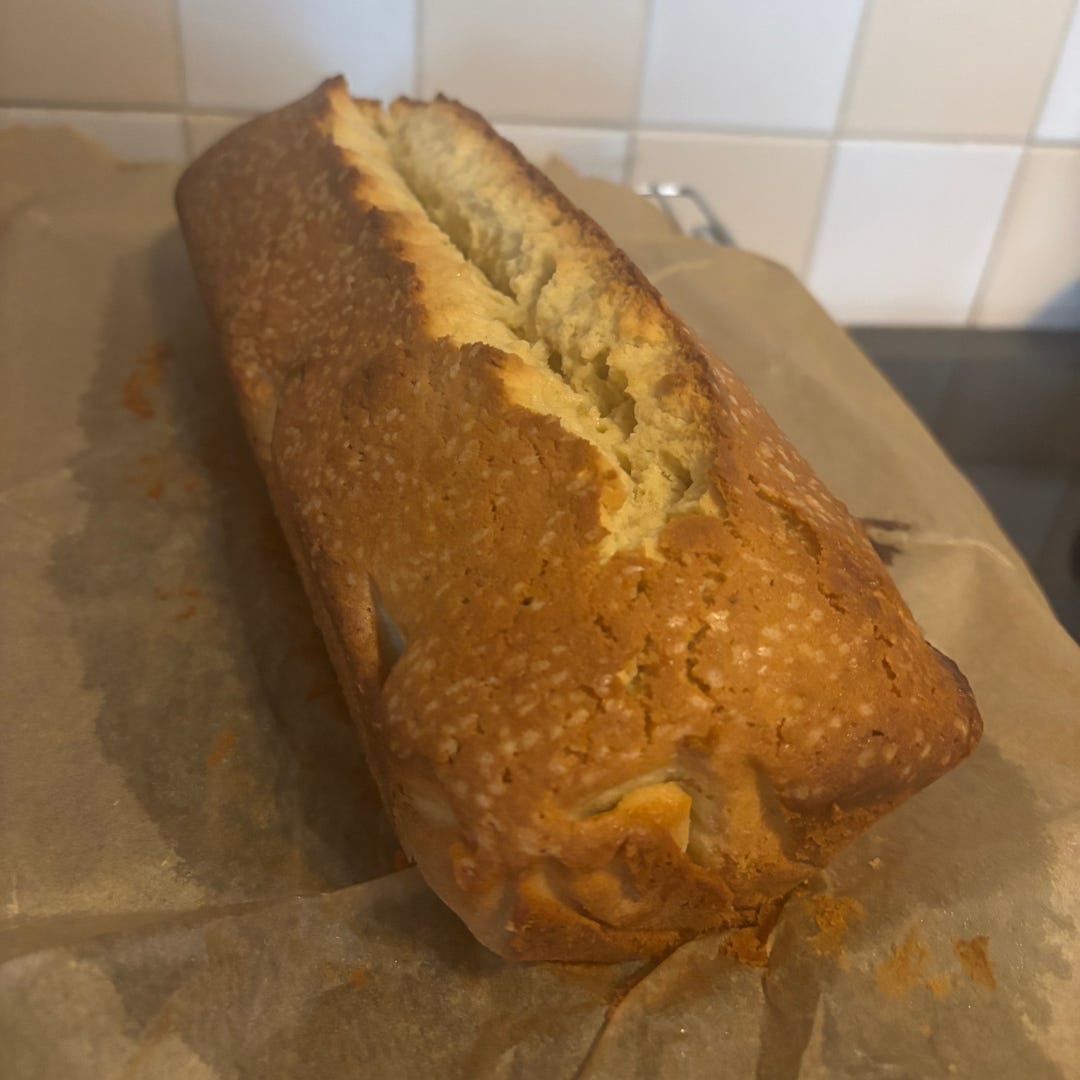Sometimes, you don’t need fancy recipes to bake something truly delicious. The pound cake—or quatre-quarts, as the French call it—is the perfect example. A cake with no frills, no fuss, just pure, buttery goodness. It has a rich history dating back to the 18th century, and today, I wanted to surprise my hardworking son with a slice of this classic. He’s a big fan of simple, old-fashioned cakes like this.
An 18th century classic?
Pound cake is built on simplicity: equal parts flour, butter, sugar, and eggs. No complicated ingredients, no precise measurements—just a foolproof recipe that always works. And that’s exactly why it has remained popular for centuries.
In England, this cake became known as pound cake because it originally called for one pound of each ingredient. This made it easy to remember, even in a time when most households didn’t have kitchen scales. Meanwhile, in France, the same cake was called quatre-quarts, meaning "four quarters." It became especially beloved in Brittany, where it remains a classic to this day.
From heavy brick to light and fluffy cake
Early versions of pound cake were likely much denser than what we enjoy today. Without baking powder, the texture depended entirely on how well you creamed the butter and eggs, by hand, of course! It wasn’t until the 19th century that bakers started experimenting with baking powder and baking soda, making the cake softer and airier.
Over time, different countries developed their own versions:
In Germany, it became Rührkuchen, often flavoured with lemon.
In Spain, they call it bizcocho, sometimes soaked in syrup or liqueur.
In the Southern United States, pound cake became a staple, with variations including vanilla, nutmeg, and even a splash of bourbon.
Yet the foundation always remained the same: four simple ingredients in perfect balance.
Why pound cake never goes out of style
In a world where bakers push the limits with extravagant cakes, oversized recipes, and intricate patisserie, pound cake remains a timeless favourite. It requires no special techniques, no rare ingredients. And yet, it always delivers a perfectly rich, buttery. Just as it should be.
Today, I’m making it the classic way—no extras, just pure simplicity. Well, except for the fact that I gave it an extra-good mix with my kitchen mixer… Sometimes, simple really is the best.






